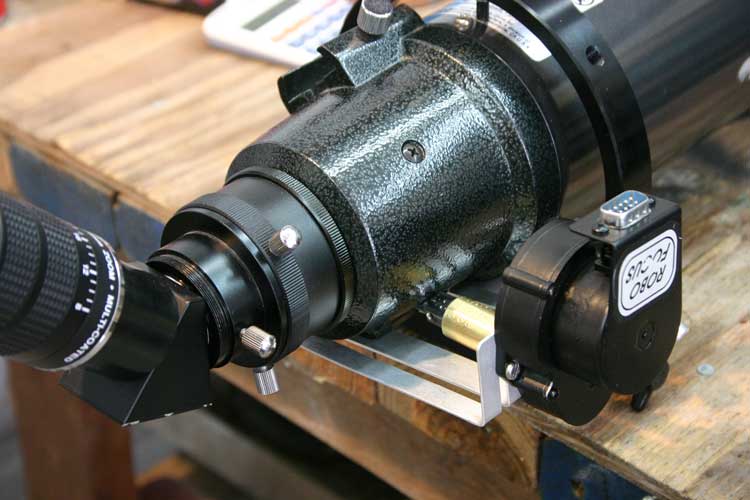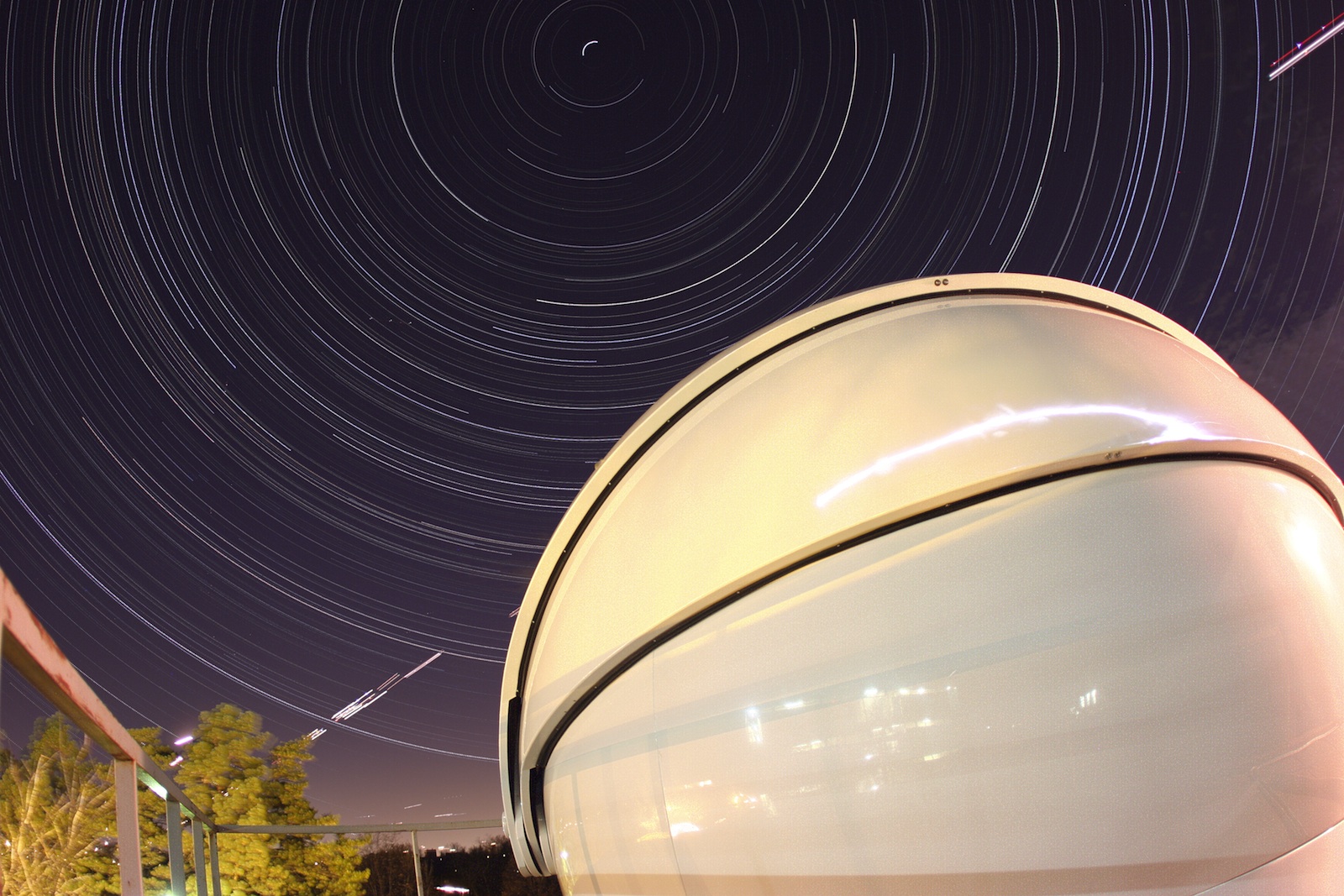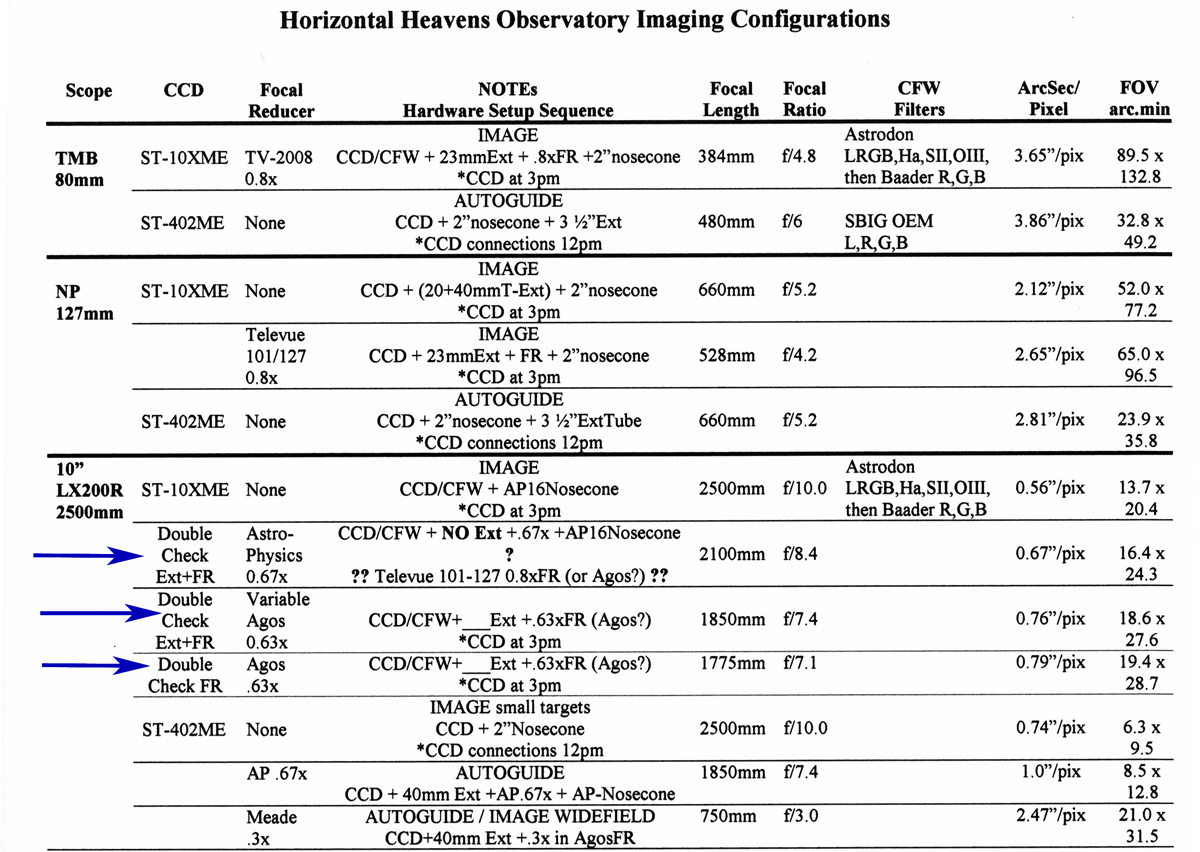


A short line drawn through the crossbar (Delta and Beta Crucis) eastward first comes to Hadar (Beta Centauri), then Alpha Centauri. Observers in the tropical and subtropical regions of the Northern Hemisphere can find Alpha Centauri by first identifying the distinctive Southern Cross. Image via Wikimedia/ International Astronomical Union/. latitude, when the bright star Arcturus is high overhead, look to the extreme south for a glimpse of Alpha Centauri. Even so, from these vantage points, there are no good pointer stars to Alpha Centauri. By early July, it reaches its highest point to the south at nightfall. That is when the star is highest above the southern horizon.

(local daylight saving time) in early May. Things are a little better in Hawaii and Puerto Rico, where it can get 10° or 11° high.īut for observers located far enough south in the Northern Hemisphere, Alpha Centauri may be visible at roughly 1 a.m. that latitudinal line passes near Houston and Orlando, but even from the Florida Keys, the star never rises more than a few degrees above the southern horizon. Most North Americans never see it the cut-off latitude is about 29° north, and anyone north of that is out of luck. Unluckily for many of us in the Northern Hemisphere, Alpha Centauri is located too far to the south on the sky’s dome. Image via Skatebiker / Wikimedia Commons. The very faint Proxima Centauri, that is gravitationally bound to Alpha Centauri, is marked by a red circle in this image that also shows the bright stars Alpha Centauri and Beta Centauri. Hubble Space Telescope image of Proxima Centauri, the closest known star to the sun. A paper published in February 2021 reported tantalizing evidence of a Neptune-sized planet around Alpha Centauri A, but so far, it has not been definitively confirmed. So far, two planets have been found orbiting Proxima Centauri, one in 2016 and another in 2019. In the past decade, astronomers have been searching for planets around the Alpha Centauri stars they are, after all, the closest stars to us so the odds of detecting planets, if any existed, would be higher. It’s also what’s know as a flare star, where it randomly displays sudden bursts of brightness due to strong magnetic activity. Proxima Centauri belongs to a class of low mass stars with cooler surface temperatures, known as red dwarfs. Recent analysis of ground- and space-based data, published in 2017, has shown that Proxima is gravitationally bound to its bright companions, with a 550,000-year-long orbital period. This dim reddish star, weighing in at just 12 percent of the sun’s mass, is currently about 13,000 astronomical units from Alpha Centauri A and B. In comparison, Proxima Centauri is a bit of an outlier. Studies of their mass and spectroscopic features indicate that both these stars are about 5 to 6 billion years old, slightly older than our sun.Īlpha Centauri A and B are gravitationally bound together, orbiting about a common center of mass every 79.9 years at a relatively close proximity, between 40 to 47 astronomical units (that is, 40 to 47 times the distance between the Earth and our sun). Toliman, or Alpha Centauri B, has an orangish hue it’s a bit less massive and half as bright as the sun. Rigil Kentaurus, also known as Alpha Centauri A, is a yellowish star, slightly more massive than the sun and about 1.5 times brighter. The two stars that make up Alpha Centauri, Rigil Kentaurus and Toliman, are quite similar to our sun. At a distance of 4.25 light years, Proxima is the closest-known star to our solar system. In orbit around them is Proxima Centauri, too faint to be visible to the unaided eye. This pair is just 4.37 light-years away from us. Through a small telescope, the single star we see as Alpha Centauri resolves into a double star. Image via Alan Dyer/ AmazingSKY.Īlpha Centauri is the third-brightest star in our night sky – a famous southern star – and the nearest star system to our sun.

Across the field, patches of dark interstellar dust clouds obscure stars in our Milky Way Galaxy. A faint swarm of stars to the right is the star cluster NGC 5617. Alpha Centauri, the third-brightest star in the sky, photographed in Coonabarabran, NSW, Australia, by Alan Dyer.


 0 kommentar(er)
0 kommentar(er)
